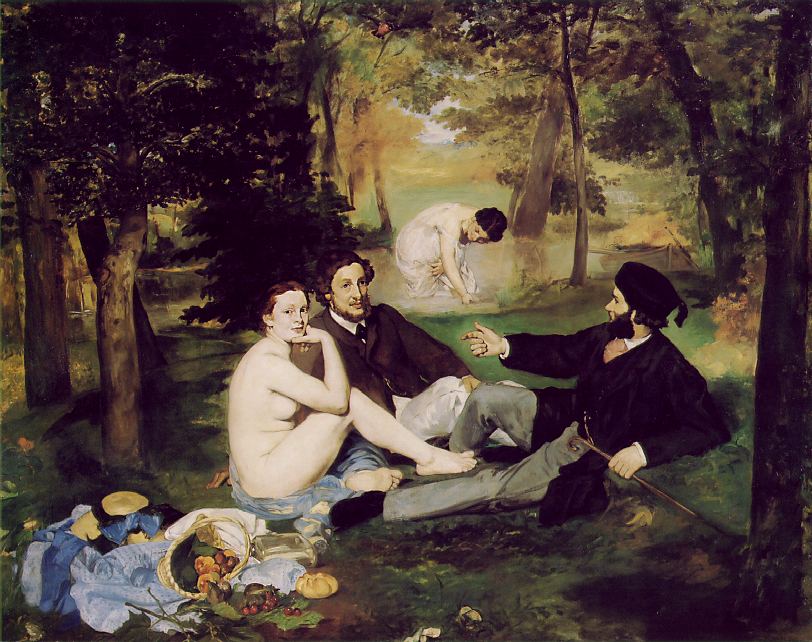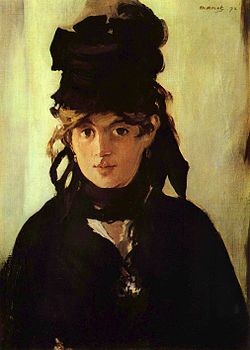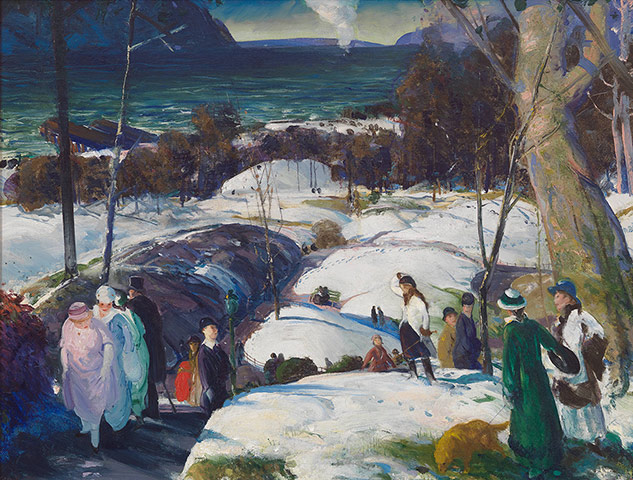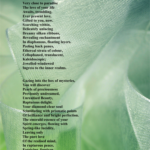Guest Post by Benn Abdy Collins
Anyone whose life is affected by an incident or trauma has something in common with anyone else who’s going through the same thing.
My mum had cancer. I saw what she went through and I wanted to both understand how that affected both her and me and, I wanted to make a difference in the lives of people affected by cancer.
As a result, I’ve worked as a volunteer in a hospice and I’ve worked driving ambulance patients to and from cancer treatments. Now I help design and deliver inside-out activities, either as one-day events or three-day retreats, for people affected by cancer, so they may explore the benefit of spiritual tools in their lives.
Living Wholeheartedly is our next retreat being held over the weekend of 1st to 3rd November 2013.
I include the invitation and informational flyer for the retreat, below.
With blessings,
Benn
Please pass on details of this empowering retreat to anyone who has cancer, or is caring for a relative or friend who has cancer, and is interested in exploring meditation and other ‘inside- out’ approaches to support them in the challenges they face.
For more information and an application form please contact:
John McConnel at lwc@uk.bkwsu.org by Friday 11 October 2013, if possible.
(Registration extended until October 18th)
There is no charge for the weekend but donations are welcome.
Thank you.














